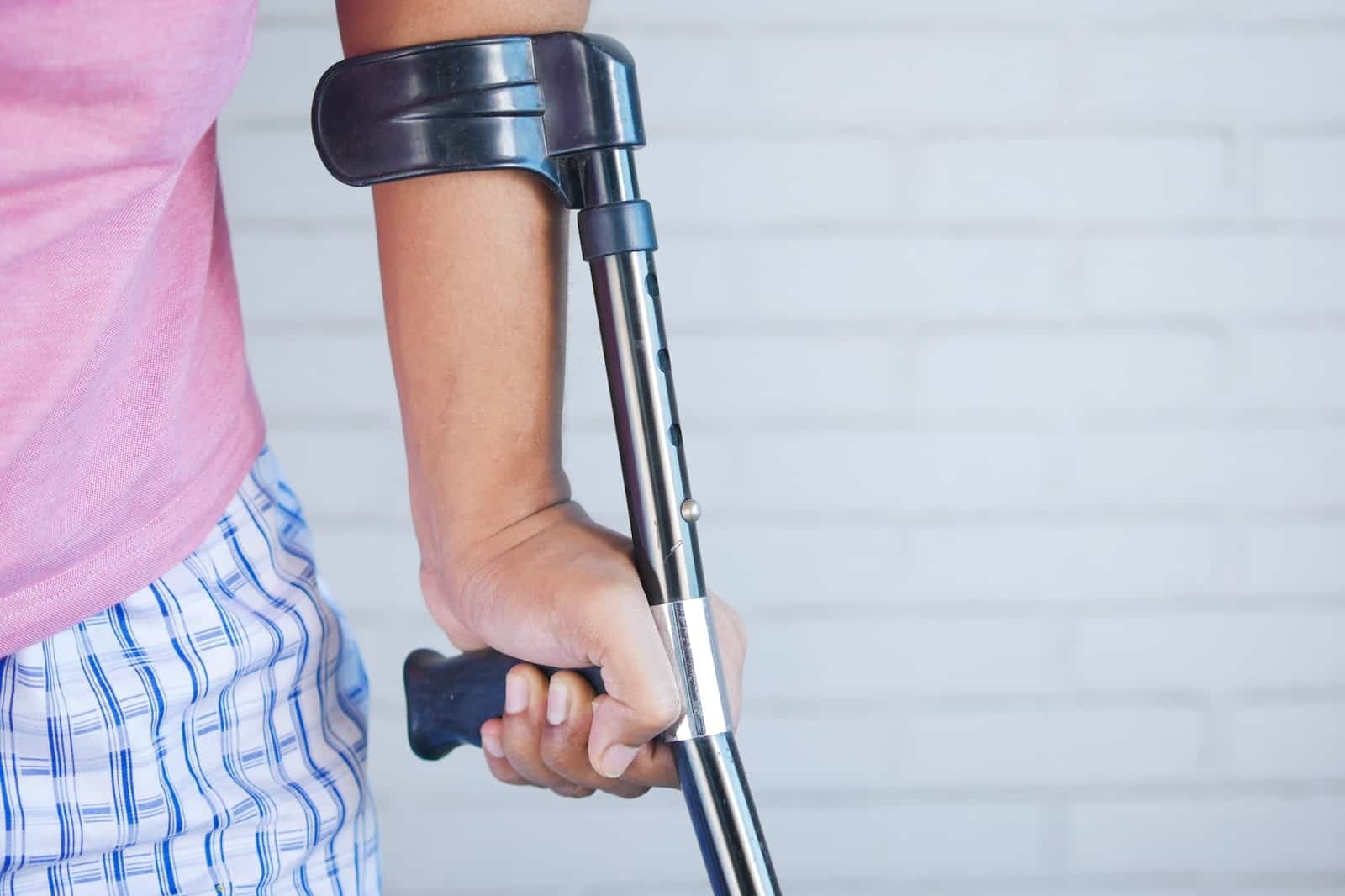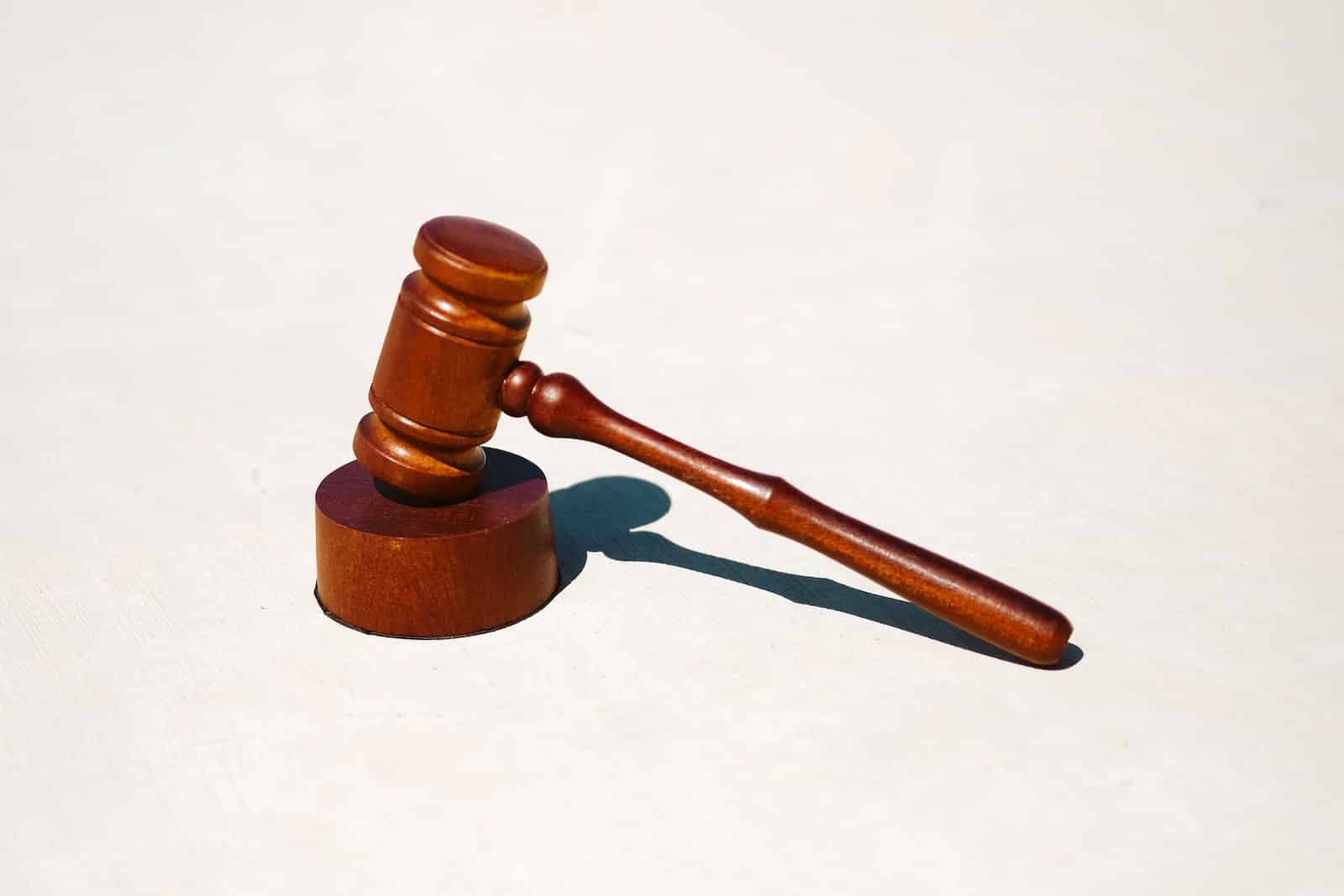Animation has become a powerful tool in legal court cases, providing a new way to present evidence and make complex concepts easier to understand for both judges and juries. In this article, we will discuss the benefits of using animation in a legal court case, including enhancing understanding, improving recall, clarifying testimony, persuasion, and cost-effectiveness.
One of the main benefits of using animation in a legal court case is that it can make complex technical concepts, such as engineering failures or medical procedures, easier to understand for non-experts. This can help judges and juries make better-informed decisions, leading to more accurate verdicts.
Animation can also help jurors remember important details of a case, such as the sequence of events. This can be especially helpful in cases involving accidents or crimes, where the events in question may be difficult to recall. By visually reenacting a crime scene or an accident, animation can provide a more accurate representation of what occurred and can be used to refute conflicting testimony.
In addition to enhancing understanding and improving recall, animation can also be used to make a persuasive argument. By visually demonstrating the defendant’s negligence or the plaintiff’s injuries, animation can be especially effective in personal injury or medical malpractice cases.
Lastly, animation can be a cost-effective way to present evidence, especially in cases involving complex technical concepts. It can also be used to present alternative scenarios or simulations, which can be more cost-effective than recreating them in real life.
In conclusion, animation can play a crucial role in legal court cases by enhancing understanding, improving recall, clarifying testimony, persuasion, and being cost-effective. Legal professionals should consider using animation as a tool to make a more persuasive and effective argument in court.


